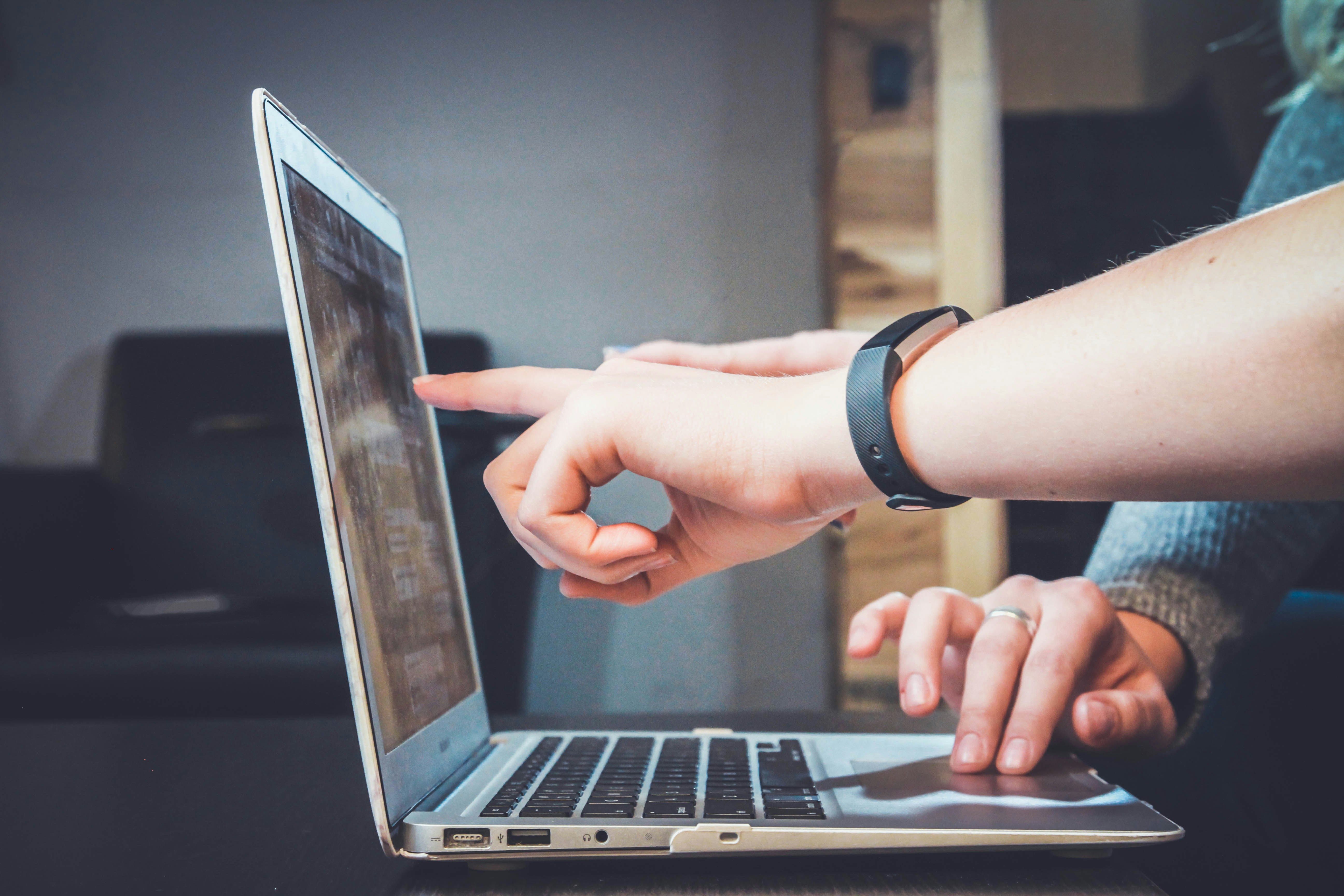Shining a Light on Photobiomodulation: The Rising Wellness Trend
You may have heard about light therapy for seasonal depression or jet lag, but are you aware of its other powerful implications for your health and wellness? Hold on till the end to uncover the extraordinary secrets of photobiomodulation.

What Exactly is Photobiomodulation?
Long before we had artificial light, we relied on the sun for illumination. Science has demonstrated ever since that cells absorb light and, as a result, undergo a series of reactions that alter many biological processes. Photobiomodulation (PBM), once referred to as Low-Level Laser Therapy, involves exposing body tissues to low levels of red and near-infrared light. These specific types of light penetrate skin and promote diverse health effects. This strategy has been used since the mid-1960s when Endre Mester accidentally discovered that low laser light could make hair on rats regrow faster.
Stone Age Medicine or Advanced Wellness Strategy?
Though the scientific explanations linking light to enhanced cellular functions were not discovered until the mid-20th century, sunlight exposure as a healing approach rooted in very early human history. Hermann von Helmholtz in 1856 stated that bodies respond to light from the outside surroundings. While modern science and developments have provided devices that emit precise light to aid (PBM), the underpinning principle remains connected to our earliest medical practices.
Moving Beyond the Hourglass: Present-Day Trends in Photobiomodulation
Light therapy has resurfaced thanks to modern scientists’ ability to understand that specific wavelengths are inherently biologically active. Nowadays, photobiomodulation goes beyond skin treatments and hair growth. Studies show it could aid chronic pain patients, minimize mild traumatic brain injury symptoms, stroke recovery, and muscle tissue healing. Healthcare providers often place LEDs close to the skin surface, but clinics or specialists sometimes offer total body exposure using PBM “light” saunas.
Drilling Down the Pros, Cons and Established Scientific Verification
Photobiomodulation goes beyond the common risks and discomforts associated with invasive procedures. However, improper use like over-exposure may create counterproductive effects. Determining the correct dosage per application site remains one of the biggest challenges. To ensure safety, always reach out to certified specialists when introducing new wellness strategies.
- In a review of 494 PBM studies, 442 (90%) demonstrated positive effects.
- NASA heralded enhanced muscle tissue repair and wound healing via PBM application.
- Harvard Medical School’s affiliated teaching hospital corroborated PBM as an efficient non-opioid pain solution.
Unfortunately, many traditional practitioners are unaware or unclear about these findings—the information hasn’t filtered through all levels of healthcare yet.
Exploring the Future & Smart Takeaways
Thus, Photobiomodulation hums high with potential—it touches healing, rejuvenation and day-to-day wellness like stress management, sleep cycle regulation, and athletic performance. Interestingly holistically-minded are turning their gaze towards PBM for all the beneficial persuasions, invoking modern practitioners to widen their horizon and consumers to charter lesser-known occupations for holistic well-being.
Photobiomodulation—we discovered over the reading course proves to be more than simple light therapy. As a timeless solution illumined by modern findings and shone on millions headphones so far, it’s worth exploring cautiously under guaranteed medical governance. Imagine the change this could bring if integrated appropriately in orthodox practices or at least citizens aware, as it lights the approach to better health and wellness.
Light your wellness journey today! Uncover the ways in which scientifically controlled light exposure could hold the key to boosting not only your health but also your overall quality of life. This door is open, it’s time to remain illuminated throughout this journey towards optimal wellness.




